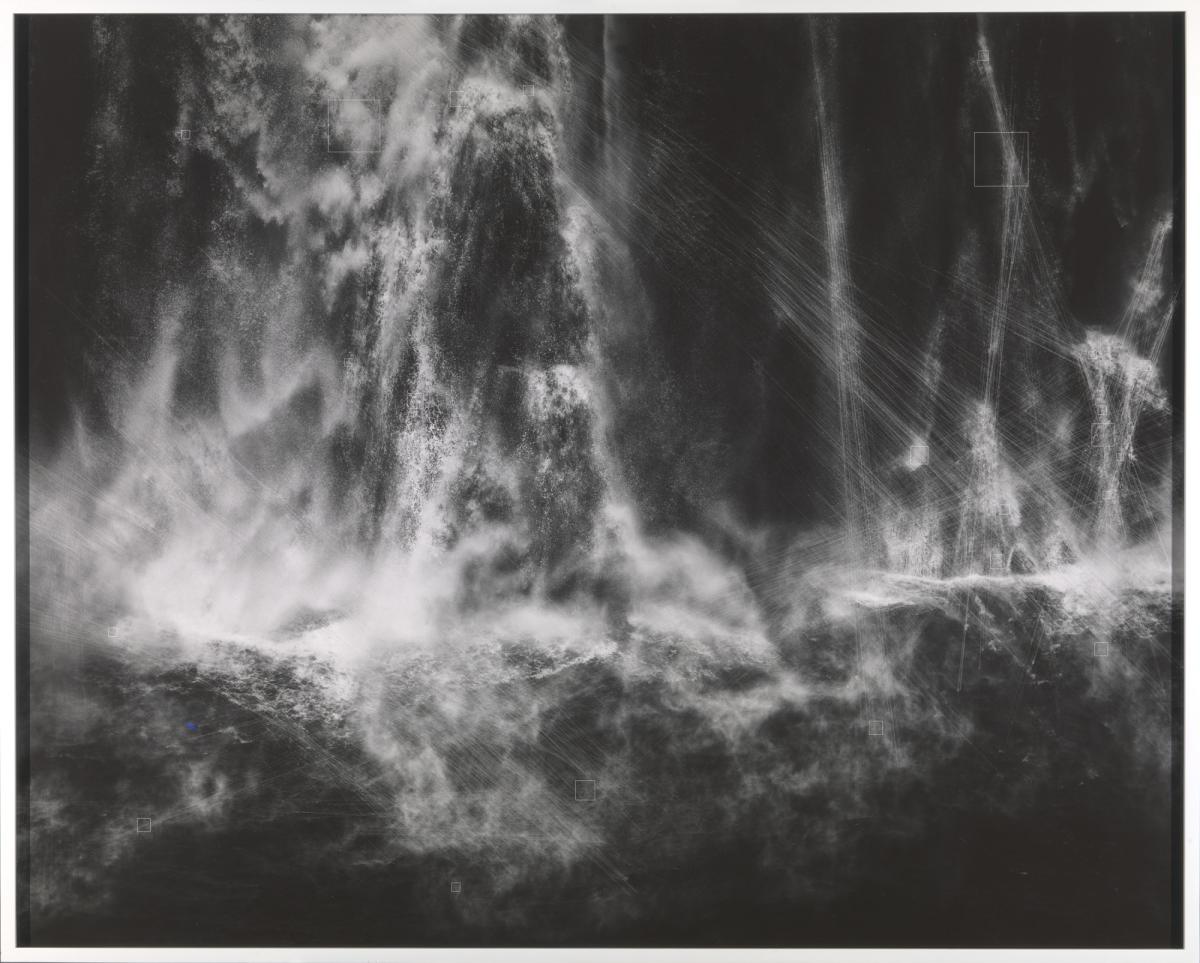Artificial Intelligence, or AI, has been a buzzword in the news and the tech world for quite some time, whether it is the latest breakthrough in natural language processing, computer vision, or deep learning algorithms. As AI technology continues to advance and become more sophisticated, its increasing role in our lives seems inevitable. Though AI works quietly behind the scenes, we are becoming more aware of its incursions into our daily lives, from personalized recommendations on streaming platforms and social media feeds to voice-activated personal assistants. All this raises questions of ethics, transparency, and surveillance.
Artist Trevor Paglen has spent his career investigating privacy and surveillance in contemporary society. In 2018, SAAM organized a mid-career retrospective of his work, the first exhibition to present Paglen’s early photographic series alongside his recent sculptural objects and new work with artificial intelligence.
Paglen’s exploration of the landscape of secrecy has spanned a decade during which the expansion of its infrastructure has seen the development of the automated seeing systems that now concern him. What is radical about this moment, he suggests, is that most images are now made by machines for other machines—images that do not operate recognizably as images and thereby challenge people’s understanding not only of what images are and what they do, but also what can be done with them or done about them. Paglen and the exhibition ask if images are in some sense the defining characteristic of human history and culture. Are image makers adequate to address the challenges of this historical moment’s radical redefinition of humanity?
To address this and other questions, SAAM convened a panel to discuss the role of surveillance in our lives. Paglen and SAAM Curator John Jacob were joined by AI experts Kate Crawford and Wendy Hui Kyong Chun and Georgetown University law professor Alvaro Bedoya for a discussion that explored how artists and institutions fit into the age of AI, focusing on the ethical and legal issues presented by its use. It is as relevant now as it was in 2018.
Watch the archived program.



















